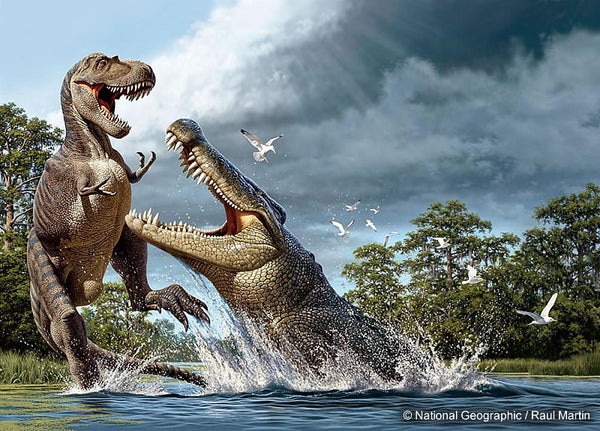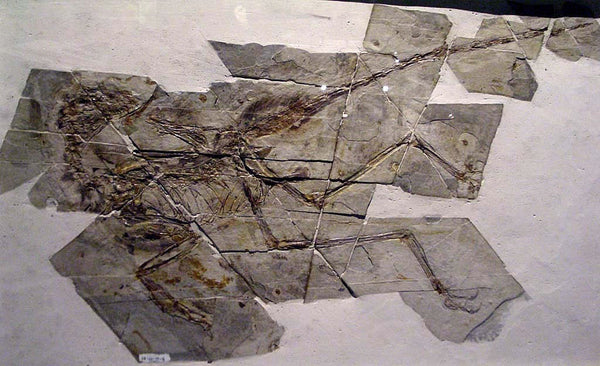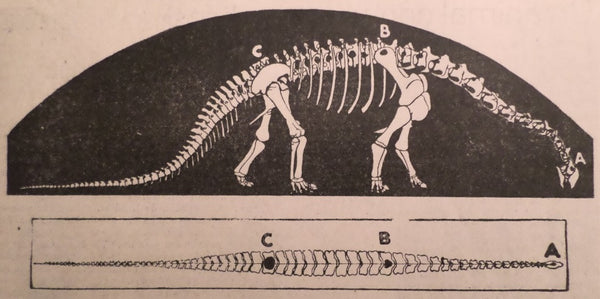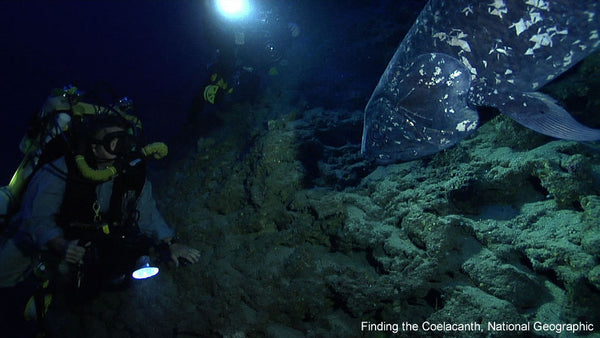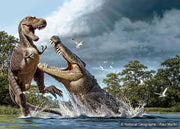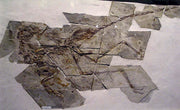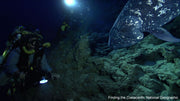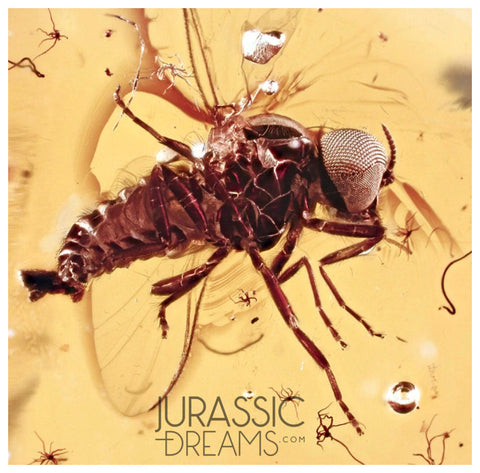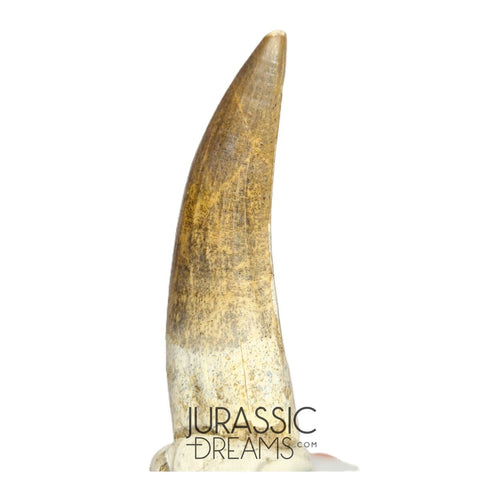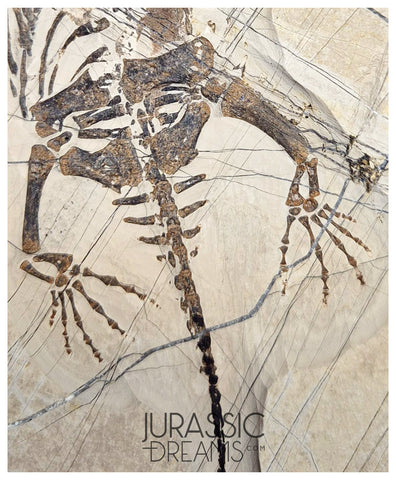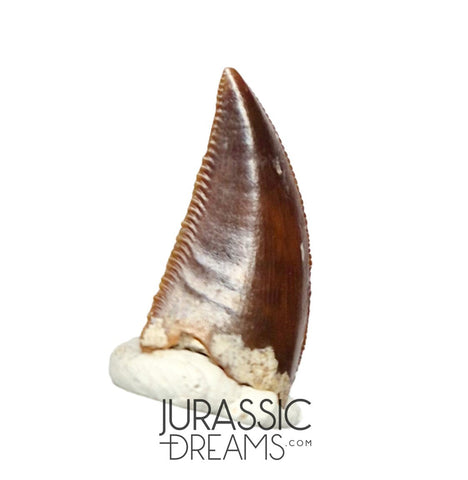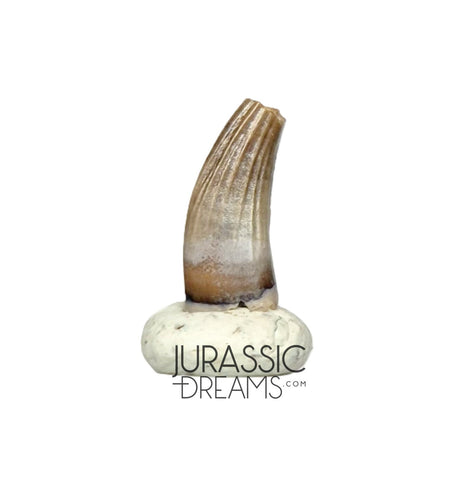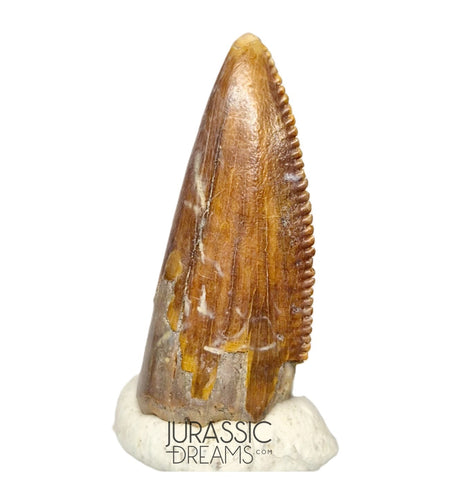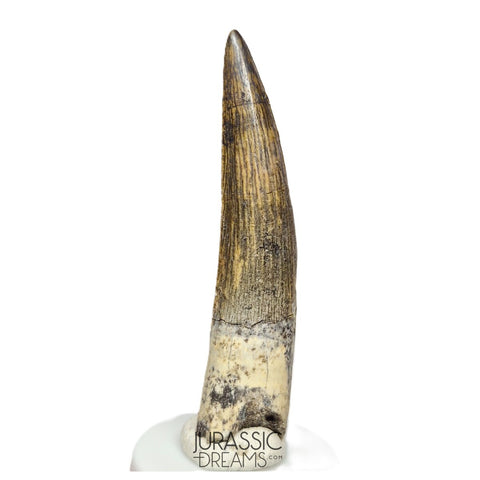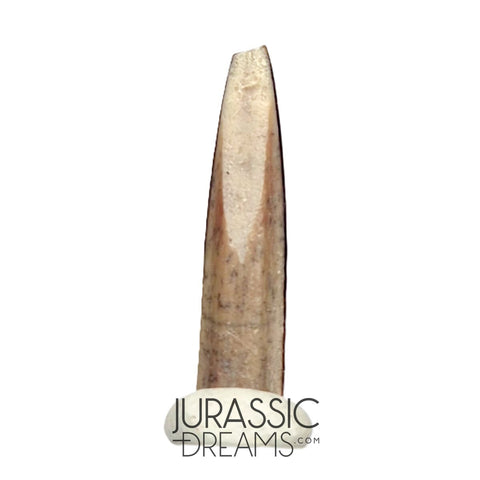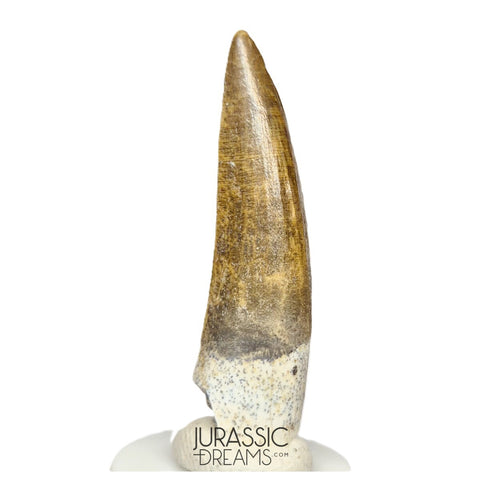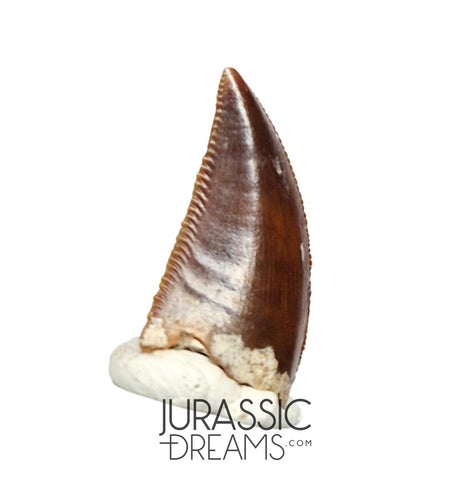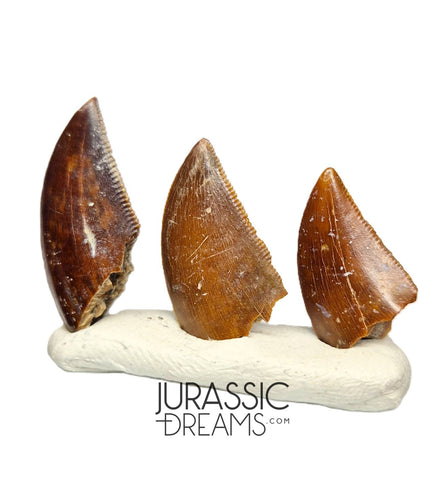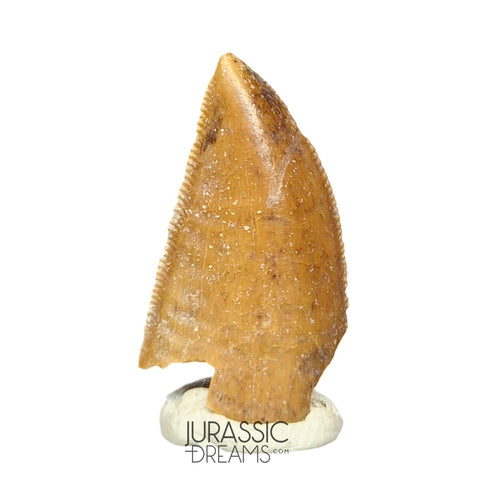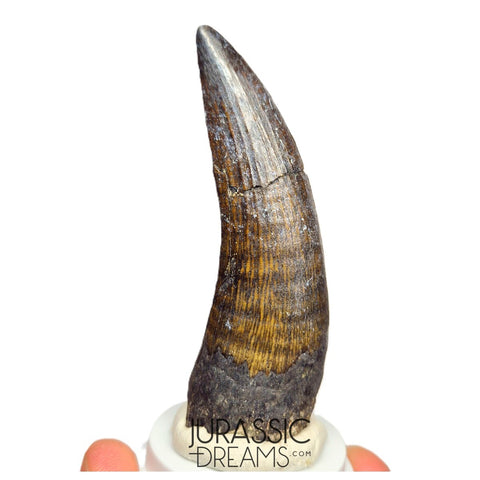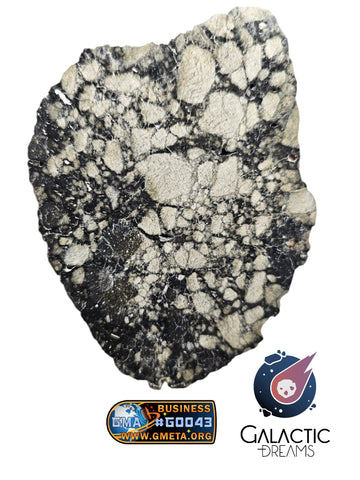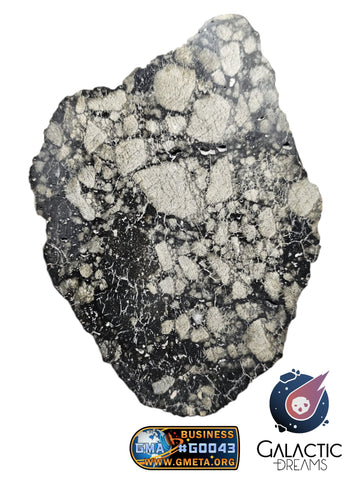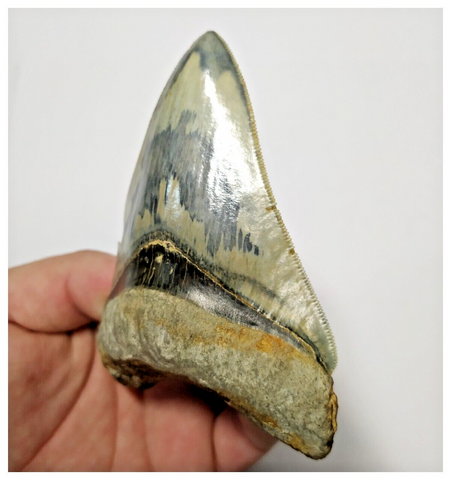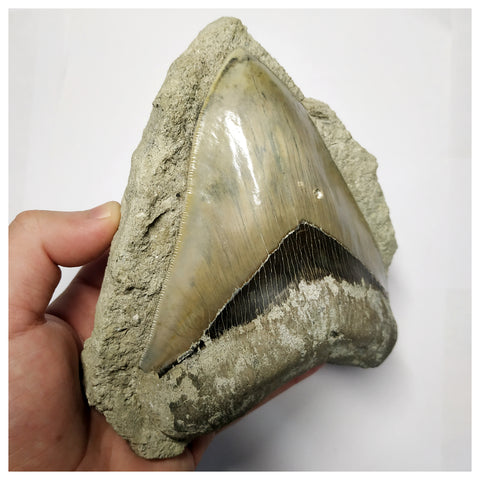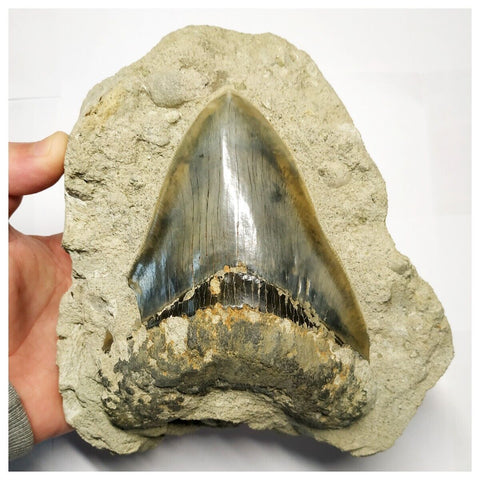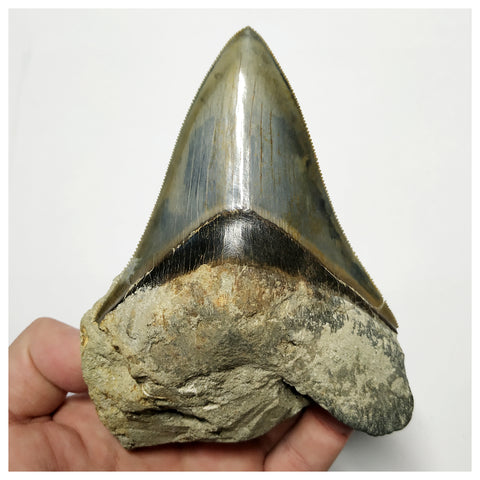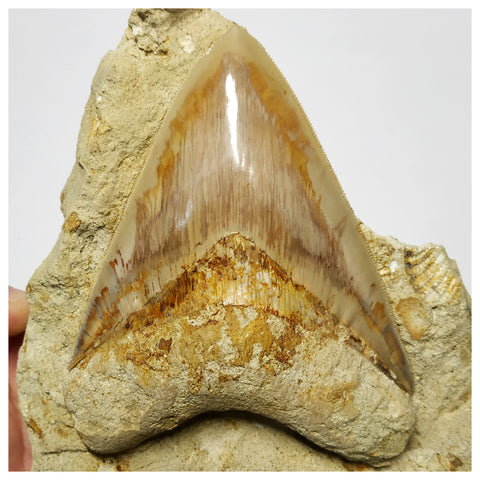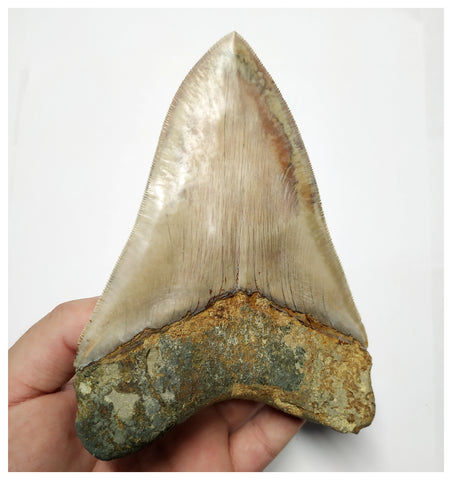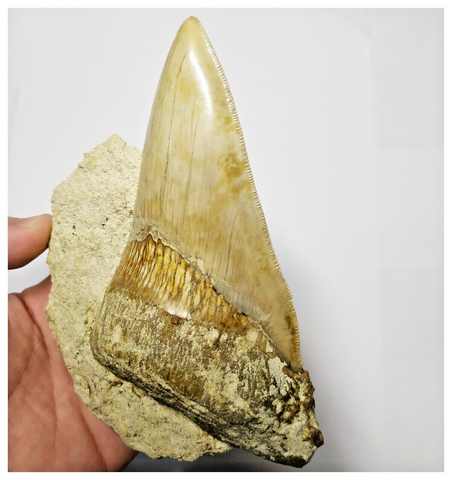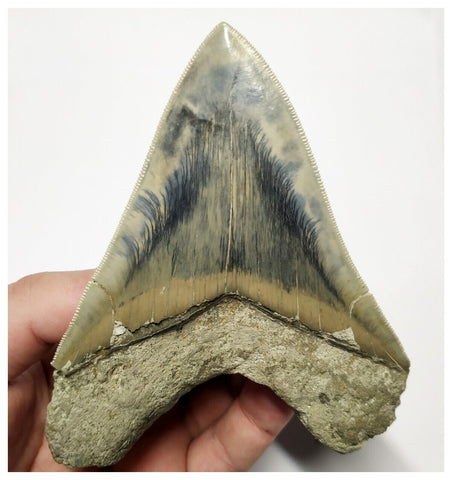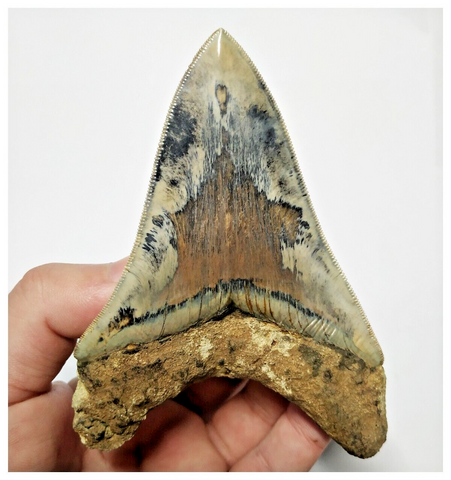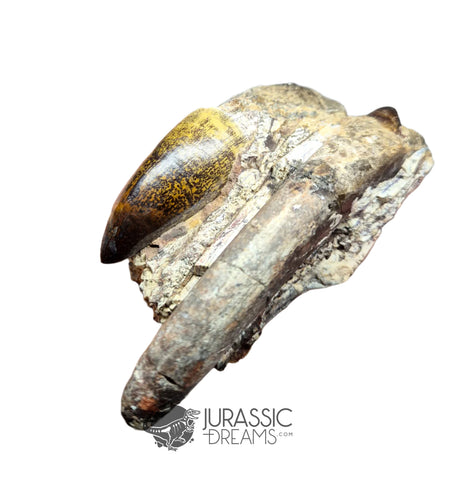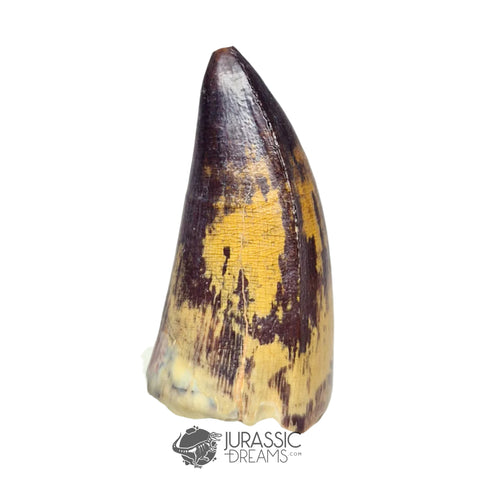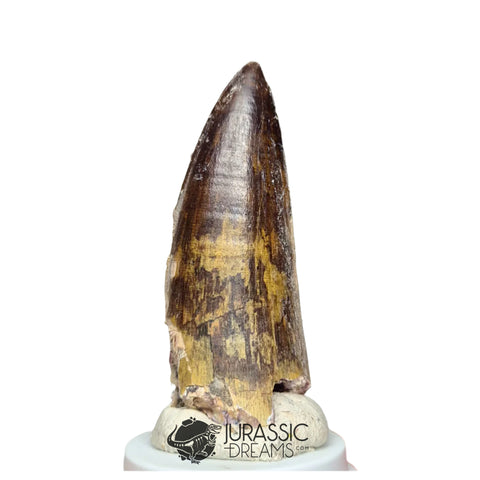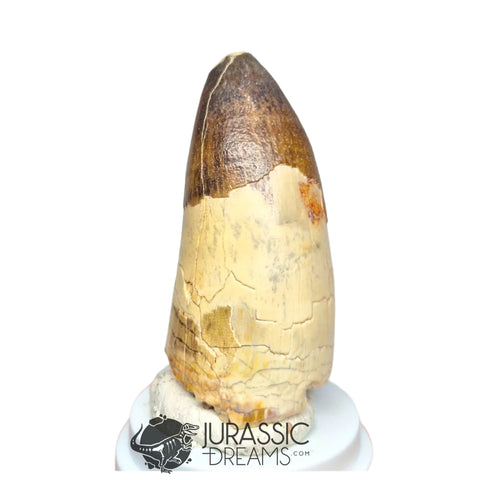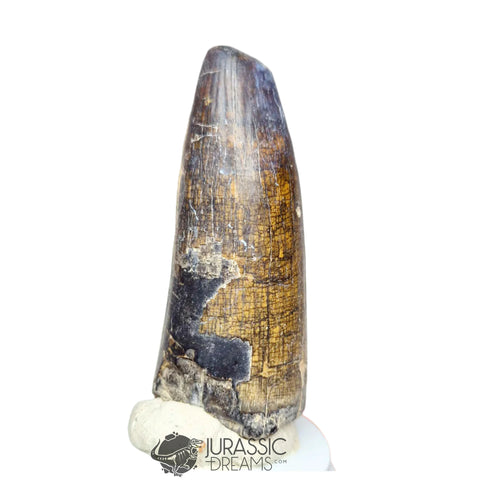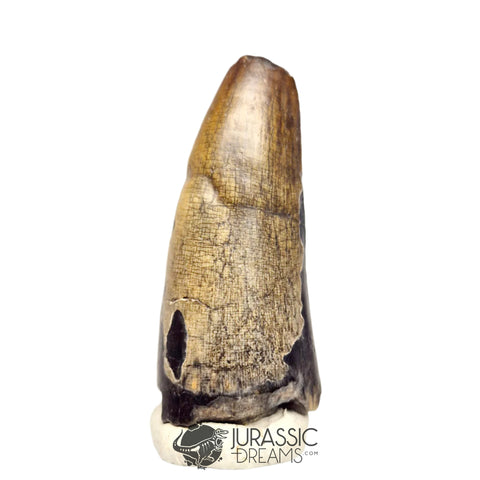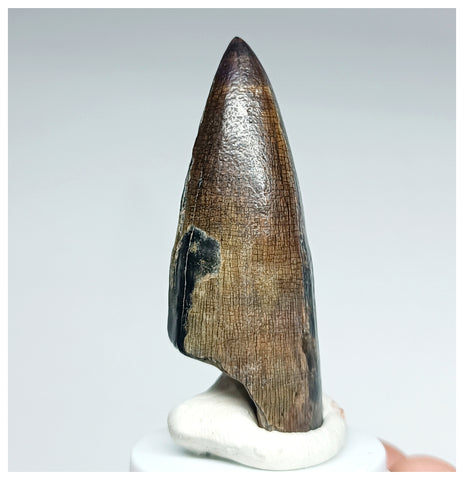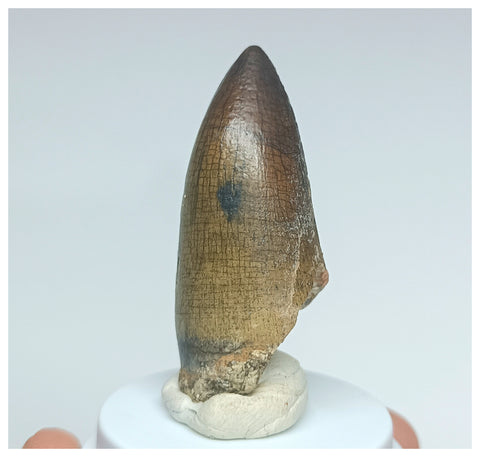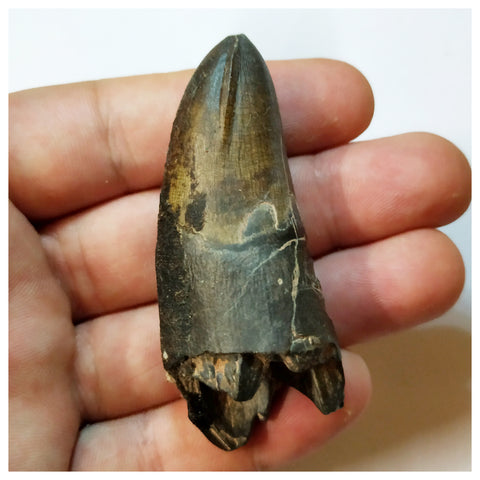Jurassic Dreams - The Fossil Times RSS
The Biggest Prehistoric Crocodile
Depending on who you ask, the answer is different. Unfortunately, giant prehistoric crocodiles' fossils aren't found complete, and only isolated parts of the skeleton and fragments form this puzzle. For the time being, we are sure about three species competing for the top on this peculiar ranking. Deinosuchus Depicted in the front picture, it lived 75 millions of years ago, at the end of the Cretaceous. It's important to note that actually it's not a crocodile, as it's kin to the American alligators. It has a broad, robust mouth, which allowed this species turn on itself to dismember the meat of...
The Venomous Dinosaur
The picture above is a Sinornithosaurus millenii displayed in the Hong Kong Science Museum. Photo by Laikayiu. Nowadays it's not rare to see drawings or mock-ups of dinosaurs with feathers, but when the Sinornithosaurus was discovered in 1999, it was only the fifth dinosaur species which was discovered with fossilized feathers. Sinornithosaurus' fossil detail The sites in China have only grown their lists of feathered dinosaurs since then. The explanation is simple: the sediments that conserved the fossils had an exceptional quality. So much that even the finest details have been fossilized. The feathers can be studied with great detail, and the Sinornithosaurus...
A Dinosaur with Three Brains
One of the most odd antediluvian animals is the Camarasaur, whose fossilized rests have proven it had three brains: one in the cranial cavity, one in neck base, in the vertebra placed on the front legs, and a third one in the sacrum. The three brains were placed in A, B, and C, as depicted in the header image.So forceful was the journal Around the World in its edition of July 1920. In the article, they refer to the Camarasaurus, a longneck dinosaur just discovered. The analysis of the cranium showed that the size of its brain was "small" and they did...
The Lost Coelacanth
No one on board expected that day, December 22, 1938, that a creature believed extinct would be taking up the ship deck. A coelacanth, a fish extinct 65 million of years ago, was captured in South African waters. The specimen was 1.5 meters long and had a weight of 50 kg. It was the only specimen known of the coelacanths' group alive. Photography of the first coelacanth This was striking news for the scientific community, because a species believed to be extinct lived in the South African seas. The surprises continued though. In 1998, a new species was discovered alive in...
Tags
-
albertosaurus
anecdote
biggest
Bolivia
brain
Camarasaurus
coelacanth
complete
concavenator
Concavenator corcovatus
corcovatus
cranium
Cretaceous
crocodile
Crocodylomorpha
cuenca
curiosities
curiosity
death roll
deinosuchus
dinosaur
dinosaur teeth
dinosaurs
discoveries
ebook
Eggs
Elasmosaur
enamel
fakes
feathers
fish
footprint
forgeries
fossil
fossil fakes
fossils
free guide
genuine fossils
Grover Marquina
guide
Hong Kong
ichnite
identify fakes
imperator
las hoyas
Latimeria chalumnae
Latimeria menadoensis
mawsonia
meteorites
mineral
Miocene
Montana
new dinosaur
New Mexico
new species
paleontologists
paleontology
pdf guide
Plesiosaur
poisonous
prehistoric
pterosaur
purussaurus
roars
sarcosuchus
show
Sinornithosaurus
Sinornithosaurus millenii
sounds
spain
Sucre
theropod
tucson
Tyrannosaurus rex
venomous
Zarafasaura oceanis



